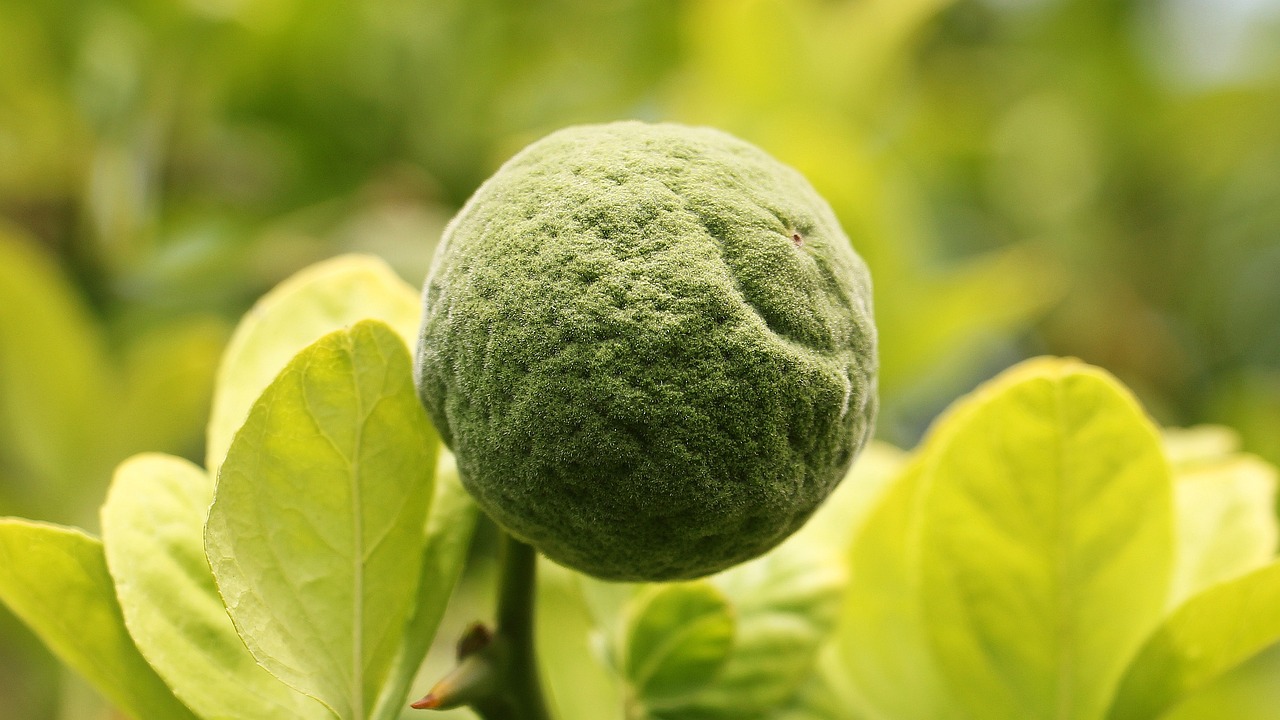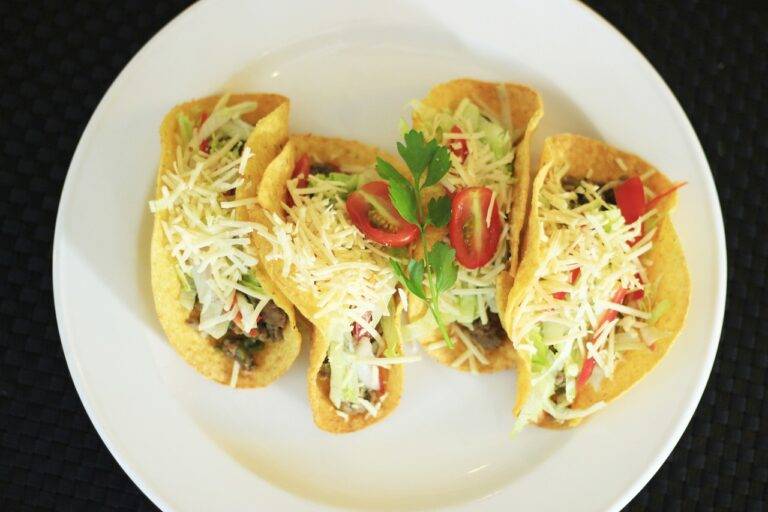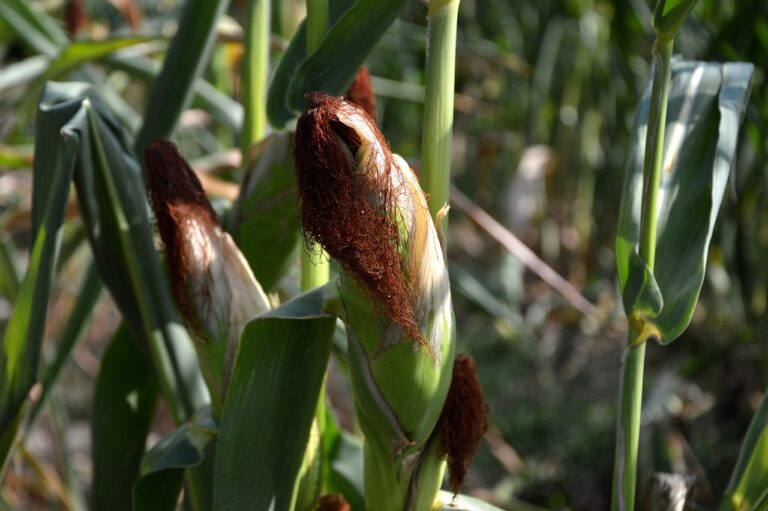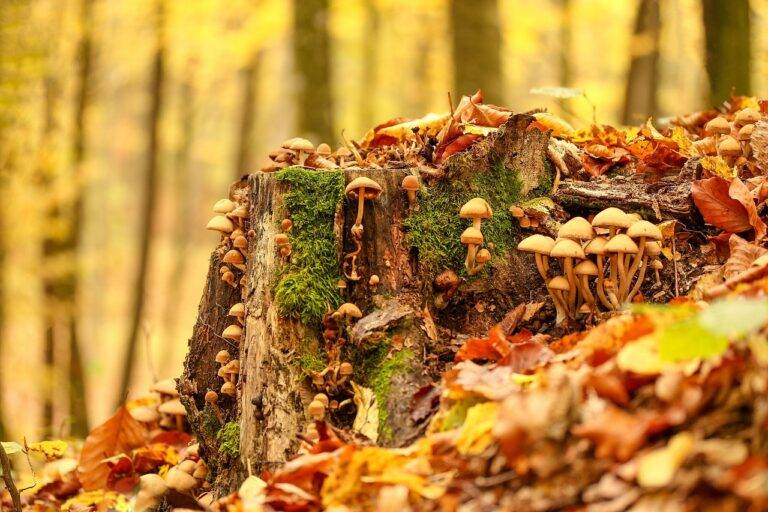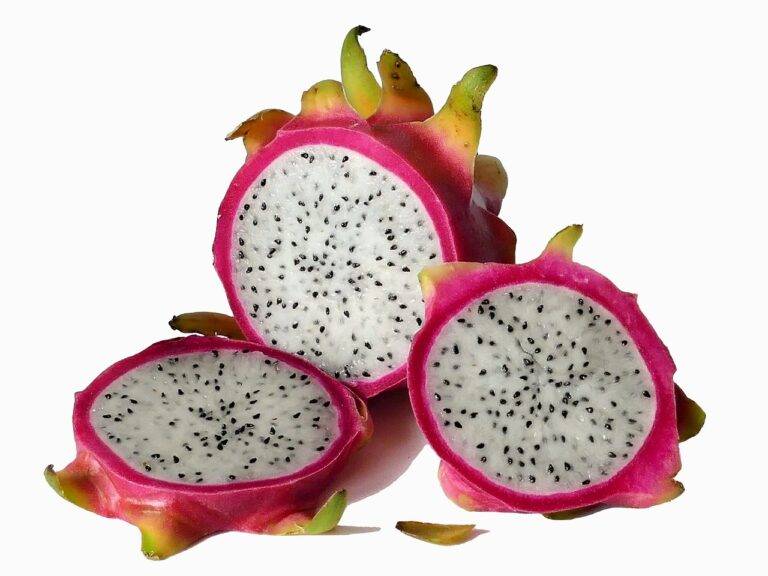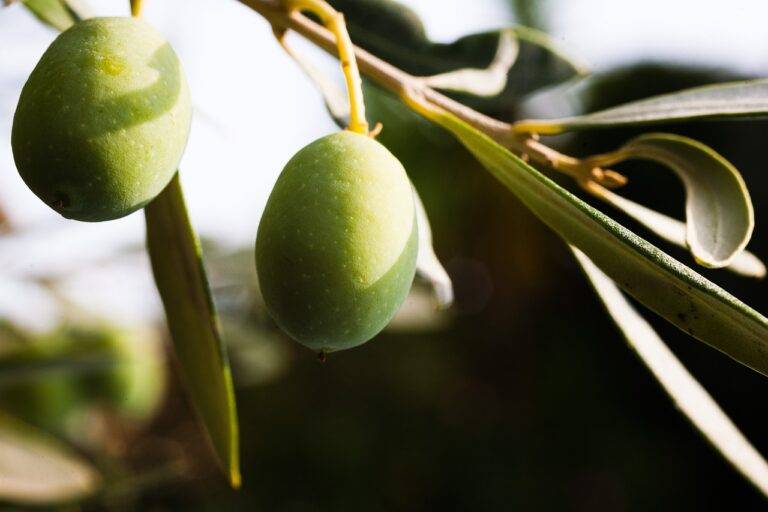Exploring Flour Milling Traditions in Indigenous Cultures
goldbet login, tiger exchange login password, betbook247 login: Exploring Flour Milling Traditions in Indigenous Cultures
Have you ever wondered about the traditional flour milling practices of indigenous cultures around the world? Flour milling is a fundamental practice that has been passed down through generations and holds significant cultural and historical importance. In this article, we will delve into the fascinating world of flour milling traditions in indigenous cultures, exploring the methods, tools, and significance behind this age-old practice.
The Importance of Flour Milling in Indigenous Cultures
Flour milling has been a cornerstone of indigenous cultures for centuries, playing a vital role in their food production and sustenance. Traditional milling methods involve grinding grains such as maize, rice, wheat, and millet to produce flour that is used in a variety of dishes and food preparations. The process of milling grains not only provides sustenance but also holds deep cultural and spiritual significance for many indigenous communities.
Traditional Milling Methods
Indigenous cultures around the world have developed unique and innovative methods for milling grains that have been passed down through generations. From hand grinding stones to water-powered mills, each culture has its own traditional milling techniques that reflect their ingenuity and resourcefulness. These methods often involve communal efforts, with families and communities coming together to grind grains and produce flour for their daily sustenance.
Tools of the Trade
Traditional flour milling often requires specialized tools that are designed to efficiently grind grains into flour. These tools can vary widely depending on the culture and location, with some using simple hand-held grinding stones while others employ more complex machinery such as water-powered mills. Each tool has its own unique features and functionalities, designed to streamline the milling process and produce high-quality flour.
Significance of Flour Milling in Indigenous Cultures
Flour milling holds profound cultural and spiritual significance in many indigenous cultures, often being intertwined with traditional ceremonies and rituals. For some communities, the act of milling grains is a sacred practice that is imbued with spiritual meaning and symbolism. Flour is not just a food staple but a symbol of community, heritage, and tradition, reflecting the deep connection that indigenous cultures have with the land and their ancestors.
Exploring Diversity in Flour Milling Traditions
The world of flour milling in indigenous cultures is incredibly diverse, with each culture bringing its own unique techniques and traditions to the table. From the stone grinding mills of Native American tribes to the water-powered mills of Indigenous communities in Africa, there is a wealth of knowledge and innovation to be discovered. By exploring these diverse traditions, we gain a deeper appreciation for the ingenuity and resourcefulness of indigenous cultures around the world.
Challenges and Opportunities
While traditional flour milling practices have sustained indigenous cultures for generations, they are facing new challenges in the modern world. Industrialization, urbanization, and climate change are threatening traditional milling methods and putting pressure on indigenous communities to adapt. However, there are also opportunities for innovation and collaboration, as indigenous communities work to preserve and revitalize their cultural heritage through sustainable flour milling practices.
FAQs
Q: What are some common grains that are used in traditional flour milling?
A: Common grains used in traditional flour milling include maize, rice, wheat, millet, and sorghum.
Q: How do traditional milling methods differ from modern industrial milling practices?
A: Traditional milling methods often involve manual labor and communal efforts, while modern industrial milling practices use machinery and automation to streamline the process.
Q: What are some ways that indigenous communities are working to preserve their flour milling traditions?
A: Indigenous communities are collaborating with researchers, NGOs, and government agencies to preserve and revitalize their flour milling traditions through initiatives such as heritage preservation programs and sustainable agriculture projects.
In conclusion, flour milling traditions in indigenous cultures are a rich tapestry of history, culture, and innovation that have sustained communities for centuries. By exploring these diverse traditions and learning from the ingenuity of indigenous cultures, we can gain a deeper appreciation for the significance of flour milling in our global food system. Let us celebrate and support the efforts of indigenous communities to preserve their heritage and traditions for generations to come.

